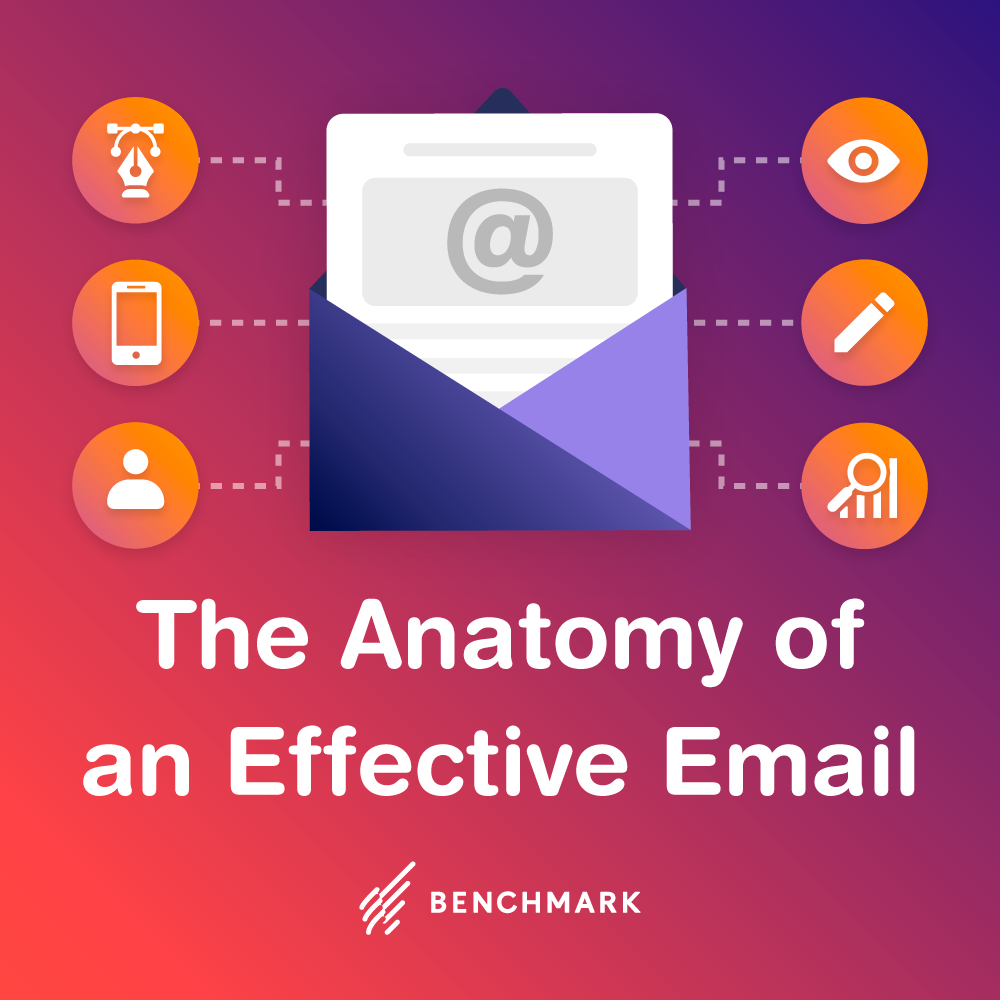Politicians have long been masters of the sound bite, thus Twitter’s 140 character restriction is certainly not posing any major obstacle. Precisely the same techniques are applied by politicians in meticulously crafting carefully worded flash pronouncements designed to make an impact on voters whether the medium is a tweet or a 3 second quote on the evening TV network news. However, there are a variety of innovative applications of online technology being harnessed for the US 2012 federal elections that are breaking new ground, which to traditional politicians accustomed to pressing the flesh and kissing babies might seem like science fiction…
CRM: Constituent Relations Management
CRM has been turned into Constituent Relations Management and the online marketer’s fundamental standard of segmentation has been developed into a high art where a candidate can target a voter’s location, demographics and even their voting and political donation history. Targeted emails have become the single most important weapon in the political arsenal, with over two-thirds of the $500 million Obama raised online generated from “Donate Now” buttons in campaign email missives. Social media has been embraced by politicians everywhere, but the battleground of online electioneering has progressed far beyond Twitter and Facebook to encompass:
- Political websites integrated with RSS feeds
- Issue monitoring through Google Alerts
- Blog ads & other contextual ads
- YouTube videos
- Animation
- VOIP campaign calling
Message Can Vary by Neighborhood
The applications of these technologies seem to be limited only by the political imagination, with door-to-door electioneering walking maps being directed by GPS and ad campaigns being targeted down to very specific locations. The shift from broadcast to narrowcast is being powerfully leveraged by politicians who can now pinpoint target their messaging. While an ad on a television or radio station will reach an entire metro area and beyond, an electoral message can now be delivered to a specific neighborhood. The politician can be seen as supporting a higher minimum wage in low income areas and cutting capital gains taxes in the wealthier communities.
Geotargeting Deep-Fried Bacon Enthusiasts
Geotargeting smartphones for pinpoint content delivery was taken to new heights by Michelle Bachmann when she targeted a specific political video attacking an opponent’s alleged support for taxes on corn dogs and deep-fried bacon to people attending the Minnesota State Fair in order to clog their arteries with those same delicacies. Supporters of these tactics claim that the strategy delivers much higher click-through rates than “conventional desktop” campaign messaging with a lower cost per click. Due to the fact that a user’s IP reflects the location of the ISP, which can be many miles away from their actual location, politicians are turning to the smartphone – which can often be identified down to the strictly local level.
The clash of the digital with the traditional is not occurring seamlessly. A progressive nation such as Canada considers it a crime for an eastern citizen to post election results on any online platform before the polls have closed in the west. Given that the country stretches across four and a half hours of time zones, there is an ample window of opportunity to have your tweet or Facebook update land you in a Canadian jail. Online politics is lurching into the 21st century, and it is certain to keep developing as long as there are votes to be won.




